the cinema of RICHARD LINKLATER
DIRECTORS CUTS
Other select titles in the Directors Cuts series:
the cinema of STEVEN SODERBERGH: indie sex, corporate lies, and digital videotape
ANDREW DE WAARD & R. COLIN TATE
the cinema of TERRY GILLIAM: its a mad world
edited by JEFF BIRKENSTEIN, ANNA FROULA & KAREN RANDELL
the cinema of TAKESHI KITANO: flowering blood
SEAN REDMOND
the cinema of THE DARDENNE BROTHERS: responsible realism
PHILIP MOSLEY
the cinema of MICHAEL HANEKE: europe utopia
edited by BEN McCANN & DAVID SORFA
the cinema of SALLY POTTER: a politics of love
SOPHIE MAYER
the cinema of JOHN SAYLES: a lone star
MARK BOULD
the cinema of DAVID CRONENBERG: from baron of blood to cultural hero
ERNEST MATHIJS
the cinema of JAN SVANKMAJER: dark alchemy
edited by PETER HAMES
the cinema of NEIL JORDAN: dark carnival
CAROLE ZUCKER
the cinema of LARS VON TRIER: authenticity and artifice
CAROLINE BAINBRIDGE
the cinema of WERNER HERZOG: aesthetic ecstasy and truth
BRAD PRAGER
the cinema of TERRENCE MALICK: poetic visions of america (second edition)
edited by HANNAH PATTERSON
the cinema of ANG LEE: the other side of the screen
WHITNEY CROTHERS DILLEY
the cinema of STEVEN SPIELBERG: empire of light
NIGEL MORRIS
the cinema of TODD HAYNES: all that heaven allows
edited by JAMES MORRISON
the cinema of ROMAN POLANSKI: dark spaces of the world
edited by JOHN ORR & ELZBIETA OSTROWSKA
the cinema of JOHN CARPENTER: the technique of terror
edited by IAN CONRICH & DAVID WOODS
the cinema of MIKE LEIGH: a sense of the real
GARRY WATSON
the cinema of NANNI MORETTI: dreams and diaries
EWA MAZIERSKA & LAURA RASCAROLI
the cinema of DAVID LYNCH: american dreams, nightmare visions
edited by ERICA SHEEN & ANNETTE DAVISON
the cinema of KRZYSZTOF KIESLOWSKI: variations on destiny and chance
MAREK HALTOF
the cinema of GEORGE A. ROMERO: knight of the living dead
TONY WILLIAMS
the cinema of KATHRYN BIGELOW: hollywood transgressor
edited by DEBORAH JERMYN &SEAN REDMOND
the cinema of WIM WENDERS the celluloid highway
ALEXANDER GRAF
the cinema of KEN LOACH: art in the service of the people
JACOB LEIGH
the cinema of
RICHARD LINKLATER
walk, dont run
Rob Stone
 WALLFLOWER PRESS
WALLFLOWER PRESS LONDON & NEW YORK
A Wallflower Press Book
Published by
Columbia University Press
Publishers Since 1893
New York Chichester, West Sussex
cup.columbia.edu
Copyright Rob Stone 2013
All rights reserved.
E-ISBN 978-0-231-85040-7
Wallflower Press is a registered trademark of Columbia University Press
A complete CIP record is available from the Library of Congress
ISBN 978-0-231-16552-5 (cloth: alk. paper)
ISBN 978-0-231-16553-2 (pbk.: alk. paper)
ISBN 978-0-231-85040-7 (e-book)
Series design by Rob Bowden Design
Cover image of Richard Linklater courtesy of the Kobal Collection
A Columbia University Press E-book.
CUP would be pleased to hear about your reading experience with this e-book at .
CONTENTS
para Esther, mi Cline
I would like to thank Swansea University for research leave and the British Academy for the award of a research grant that enabled me to spend invaluable time in Austin, Texas in July and August 2009. In the course of writing this book, I was assisted by several generous and talented individuals. Firstly, thanks are due to Yoram Allon, Jodie Taylor and the dedicated team at Wallflower Press for their support and collaboration. Grateful thanks are also due to Paul Cooke, who first invited me to write on Linklater for his edited book World Cinemas Dialogues with Hollywood and who did his best to rid this book of nonsense and errors, as did my friends and colleagues, Elaine Canning, Joanna Rydzewska and Jimmy Hay. Thanks too to all the film students past and present at Swansea University, especially the gang who keep in touch via Facebook, for their interest in the project, which was more important than they know.
Thanks also to colleagues who helped in a variety of ways: Chris Homewood for information on German cinema, Kate Griffiths for help with a few translations, Peter Jones for kitting me out with the equipment I needed for Austin, and Mostyn Jones for invaluable technical assistance. Thanks to Lesley Speed, who graciously provided me with copies of her excellent articles on Linklater, to Josh Steuer, who generously allowed me to have a copy of the workprint of Dazed and Confused, and to Andrew Richards, who kindly sent me a copy of the documentary Linklater: St. Richard of Austin. Thanks are also due to Nick James, who commissioned my interview with Linklater, which appeared as Ambitions Debt in Sight & Sound 20, no. 1 (January 2010), 346.
At Detour Filmproduction in Austin, Texas, many thanks to Kirsten McMurray for her assistance and kindness, and at the Austin Film Studios, Chale Nafus and Martin Parrington for the guided tour.
And, of course, a huge thank you to Richard Linklater, who graciously provided the time for lengthy interviews and chocolate cake on his 49th birthday no less! It was a pleasure to meet you.
Finally and always, my thanks and love to Esther Santamara Iglesias, whose intuition is far superior to my intellect and whose time is my eternal present.
Is it the place or is it the time in which nothing is happening? In the films directed by Richard Linklater there is often a sense that life (as preternaturally prescribed by social pressures, familial expectations and the economic imperative to deploy ones education profitably) is elsewhere. Indeed, the most enduring criticism of Linklater remains that of the passer-by in his debut film Slacker (1991), who spots him shooting apparently aimless twenty-somethings on a sidewalk and pointedly proclaims: Aint no film in that shit! However, this accusation is ignorant of all that has made Linklater one of the most consistent, versatile and contradictory figures in contemporary cinema.
Born in 1960 and a self-taught filmmaker, Linklaters cine-literacy and philosophical erudition has often seen him classified as the most European-minded of the American filmmakers who came to prominence with low-budget features in the 1990s and, partly for this reason, he remains one of those most critical of contemporary America. He made the emblematic Slacker for just $23,000, with which he conjured a richly atmospheric espousal of slacking not as laziness but as a refusal to engage with the fast-track consumerism and aggressive foreign policy of Presidents Ronald Reagan and George Bush Senior. Subsequent films, including Dazed and Confused (1993), Before Sunrise (1995) and SubUrbia (1996), explored this voluntary internal exile from Republicanism in their advocacy of aimlessness in form and content, offering imagination and reflection as alternative priorities to competition and profit. Derided as a selfish waster, the slacker-protagonist was nothing of the sort. Feigned ambivalence to the tail end of the recession of the late 1980s was just a means of protection so that privately nurtured romantic ideas of the self could be safeguarded instead of surrendered to social and political expectations. It is precisely because slackers cannot afford to be idle that their deliberate and cultivated appearance of idleness is tantamount to a political stance. Hence a prime contradiction: the committed slacker, which remains the dominant theme in Linklaters cinema.

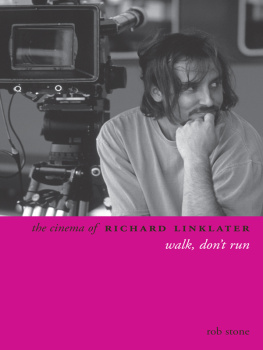
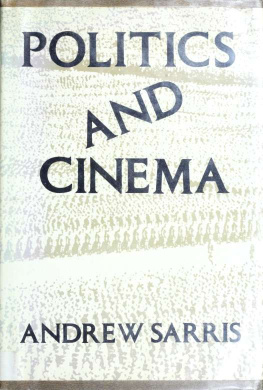
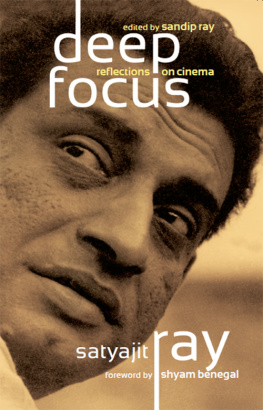


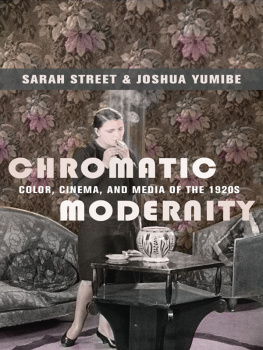
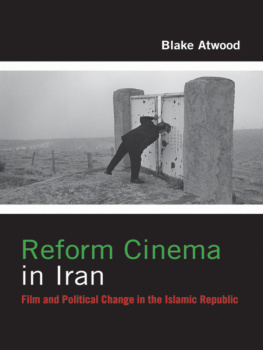
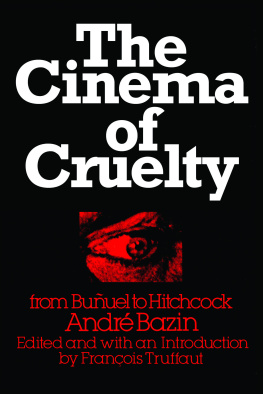
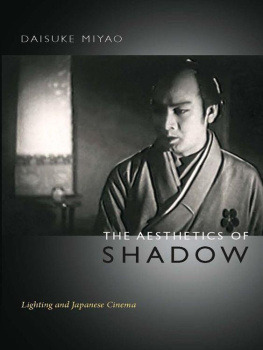
 WALLFLOWER PRESS LONDON & NEW YORK
WALLFLOWER PRESS LONDON & NEW YORK